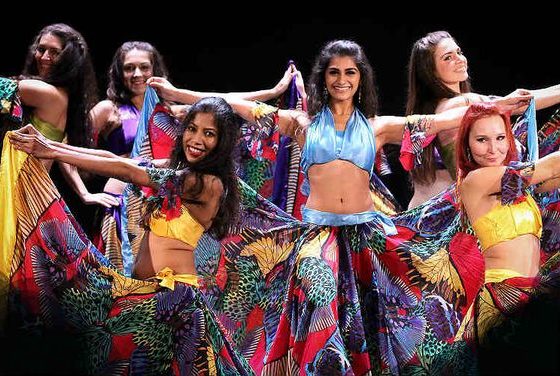Mauritius, an idyllic island nation in the Indian Ocean, is renowned for its stunning beaches, rich biodiversity, and multicultural heritage. Among the many cultural treasures that call this paradise home, Sega stands out as a vibrant and soulful expression of Mauritian identity. In this blog, we embark on a rhythmic journey to unravel the mysteries of Sega, exploring its origins, traditional instruments, and the captivating music and dance that have entranced generations.
Origins of Sega: A Mysterious Past
The history of Sega is as enigmatic as it is captivating. While it is widely acknowledged as a cultural emblem of Mauritius, its exact origins remain shrouded in the mists of time. Some believe that Sega has African and Malagasy roots, tracing back to the African slaves brought to Mauritius during the colonial era. Others argue that it evolved from the traditional music and dance forms of the island’s diverse communities, including Creole, Indian, and French influences.
Regardless of its exact genesis, Sega has evolved into a unique cultural phenomenon that beautifully weaves together the island’s historical tapestry. It is a testament to the resilience and creativity of Mauritians who found a way to express themselves through music and dance even in the face of adversity.
The Instruments of Sega: A Symphony of Sound
At the heart of Sega’s entrancing rhythm lies a trio of traditional instruments that give it its distinctive sound. These instruments include:
- Ravann: The ravann is the cornerstone of Sega music. Crafted from wood and covered with a goat-skin membrane, it produces deep, resonant tones when played with bare hands or sticks. The rhythm of the ravann is the heartbeat of Sega, setting the pace for dancers and musicians alike.
- Triangle: The triangle, a simple yet crucial instrument, adds a tinkling, metallic quality to Sega’s sound. Played with a metal beater, it punctuates the music with sharp, shimmering accents, creating an irresistible groove.
- Maravann: The maravann, a percussion instrument made from bamboo or sugar cane, adds a melodic dimension to Sega. Its delicate, tinkling sound complements the rhythmic foundation laid down by the ravann and triangle.
The Dance of Sega: Spirited Expression
Sega is not just about music; it’s a holistic cultural expression that includes dance. The dance of Sega is as spirited and diverse as the music itself. Dancers sway and move to the hypnotic rhythm of the instruments, their bodies telling stories of love, joy, and life on the vibrant island of Mauritius. The fluid movements and colorful costumes of Sega dancers are a visual feast, drawing spectators into the heart of this cultural celebration.
Preserving Sega: A Cultural Legacy
In recent years, there has been a renewed effort to preserve and promote Sega as an integral part of Mauritius’ cultural heritage. Festivals, performances, and cultural institutions have played a crucial role in ensuring that Sega continues to thrive in the modern era. Mauritians take great pride in passing down the art of Sega to younger generations, ensuring that this musical tradition remains a vital thread in the island’s cultural fabric.
Cultural and Entertainment Hotspots in Mauritius
While you’re exploring the cultural richness of Mauritius, don’t miss the opportunity to visit iconic spots like Boka Restaurant Bar in Mauritius, where you can savor local cuisine and perhaps even enjoy live Sega performances. Additionally, if you’re a cinema enthusiast, Mauritius has its share of cinematic delights, including Star Cinema and Cinemaxx of Mauritius, where you can catch the latest films in a comfortable and entertaining setting.
In conclusion, Sega is not merely a form of music and dance in Mauritius; it is a celebration of the island’s rich history and cultural diversity. Its origins may remain a mystery, but its impact on the hearts and souls of Mauritians is undeniable. Experience the rhythm, culture, and entertainment that Mauritius has to offer, and let Sega be your guide to this enchanting paradise.
